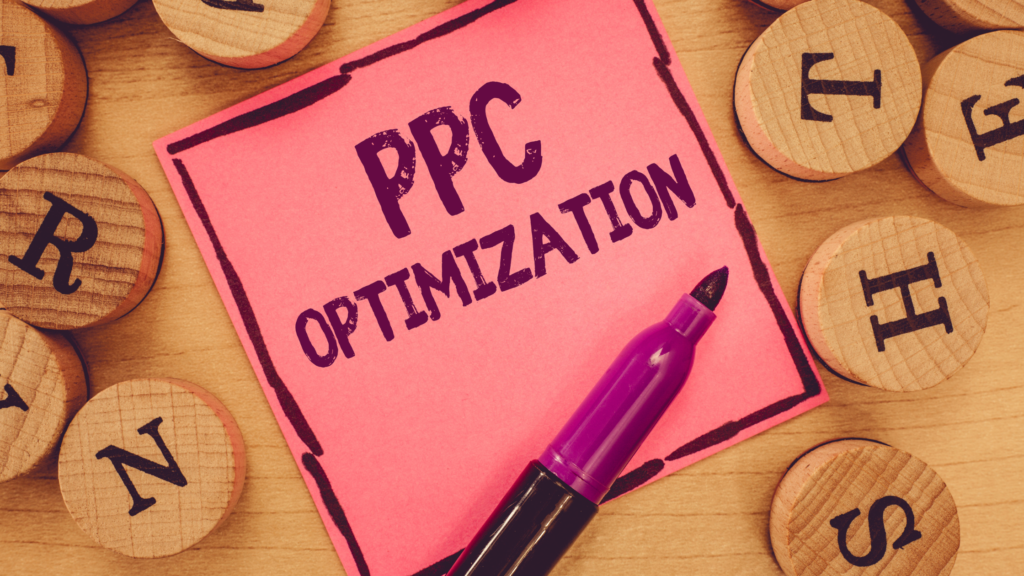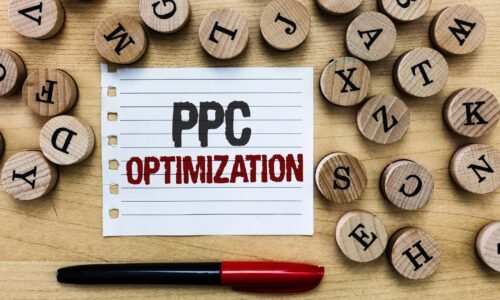Mastering PPC Optimization for Better Ad Performance
- admin
- Pay Per Click, PPC, Search Engine Optimization
- 0 Comments
Pay-per-click (PPC) advertising is an effective tool for businesses aiming to attract targeted traffic to their websites, as running ads alone isn’t sufficient. For optimal results, PPC optimization is crucial, and by continuously refining your strategies, you can improve the effectiveness of your campaigns, reduce costs, and increase ROI. This guide will explore actionable strategies for PPC optimization that will help you enhance your ad performance and achieve better results.

What is PPC Optimization?
PPC optimization refers to the process of refining and improving your PPC campaigns to ensure they are performing at their best. This involves analyzing various aspects of your campaigns, including keywords, bidding strategies, ad copy, and landing pages. With proper optimization, you can maximize your ad visibility, attract quality leads, and minimize unnecessary spending.
PPC Optimization: Let’s Go Through The Full Process
A. Start with Thorough Keyword Research
- Effective PPC optimization begins with solid keyword research. Identifying the right keywords ensures that your ads are shown to the right audience, while using tools like Google Keyword Planner to find high-performing keywords that are relevant to your products or services. Focus on both short-tail and long-tail keywords to cast a wider net while still targeting specific customer needs.
- Additionally, continuously monitor keyword performance to identify underperforming keywords and replace them with more effective ones. It’s also essential to add negative keywords to your campaigns to avoid irrelevant clicks and wasteful spending.
B. Optimize Your Bidding Strategy
- Bidding is another key factor in PPC optimization. Whether you’re using manual or automated bidding, it’s important to adjust your bids according to the performance of your keywords. For example, increase bids on high-performing keywords that generate conversions and lower bids on those that aren’t delivering the desired results.
- Moreover, consider using smart bidding strategies, like Target CPA (Cost Per Acquisition) or Target ROAS (Return on Ad Spend), which leverage machine learning to optimize your bids for better outcomes.
C. Craft Compelling Ad Copy
- Your ad copy plays a significant role in attracting clicks and conversions. Crafting effective, persuasive ad copy is essential for PPC optimization. Focus on highlighting your unique selling points (USPs) and including strong calls to action (CTAs) that prompt users to click on your ad.
- Additionally, ensure your ad copy aligns with the keywords you’re targeting. A well-written ad that matches a user’s search query improves the relevance of your ad and boosts your Quality Score, ultimately lowering your costs and improving ad positioning.

D. Create High-Converting Landing Pages
- Once your audience clicks on your ad, they should be directed to a landing page that offers a seamless experience, and the page must be relevant to the ad and provide clear, easy-to-follow steps for the visitor to take, whether it’s making a purchase, filling out a form, or contacting you.
- For effective PPC optimization, focus on improving the user experience on your landing pages, which includes fast loading times, clear navigation, and mobile responsiveness. A well-optimized landing page can dramatically improve your conversion rate, leading to better results from your PPC campaign.
E. Monitor and Analyze Campaign Performance
- Continuous monitoring and analysis are vital for effective PPC optimization. Leverage analytics tools to track key metrics like CTR, conversion rates, and cost per conversion, and regularly analyze this data to identify trends and areas for improvement.
- By understanding which elements of your campaigns are performing well and which aren’t, you can make data-driven decisions to optimize your PPC efforts. Adjust bids, tweak ad copy, or experiment with different landing page designs to improve performance.
F. Use A/B Testing to Improve Results
- A/B testing is an effective strategy for PPC optimization, and by testing different versions of your ads, landing pages, or keywords, you can identify which elements resonate best with your audience.
- Run tests on various aspects of your campaigns, such as ad copy, headlines, images, or calls to action, to determine which combinations generate the highest engagement and conversions.
Make sure to test only one variable at a time to precisely assess its effect on campaign performance.
Conclusion
PPC optimization is an ongoing process that requires constant monitoring, testing, and refinement. By focusing on key areas such as keyword research, bidding strategies, ad copy, and landing page design, you can improve your PPC performance and achieve greater results. Companies like Redzog can assist in managing your PPC campaigns effectively, ensuring you get the best possible return on investment.

Frequently Asked Questions (FAQ)
1. What is the first step in PPC optimization?
The first step in PPC optimization is thorough keyword research. By identifying high-performing and relevant keywords, you can ensure that your ads target the right audience, leading to better performance and increased conversions.
2. How can I reduce the cost of my PPC campaign?
To reduce costs, focus on optimizing your bidding strategies, improving your Quality Score, and regularly reviewing your keywords to eliminate those that are not converting. Using negative keywords also helps avoid irrelevant clicks, saving your budget.
3. What makes A/B testing crucial for PPC optimization?
A/B testing allows you to compare different versions of your ads or landing pages to identify which variations drive the best results. This helps you make data-driven decisions and continuously improve your PPC campaigns for better performance.
4. How often should I analyze my PPC campaign performance?
It’s essential to monitor your PPC campaigns regularly, ideally on a weekly or bi-weekly basis, which allows you to quickly identify underperforming areas and make adjustments to optimize your campaigns for maximum effectiveness.
Leave A Comment
You must be logged in to post a comment.






